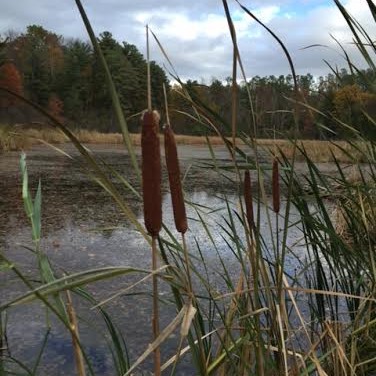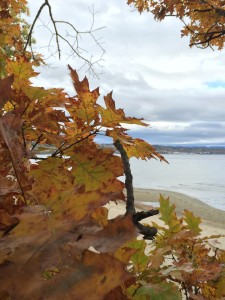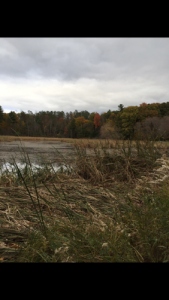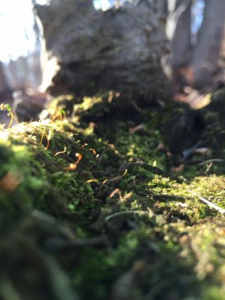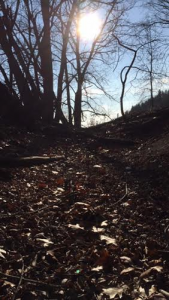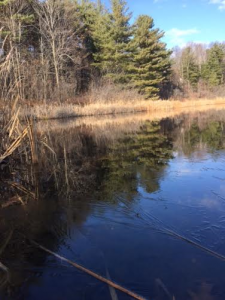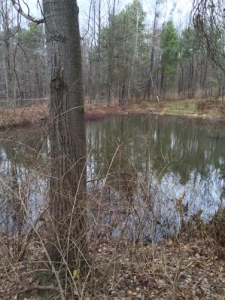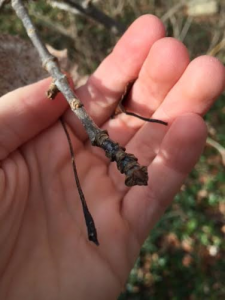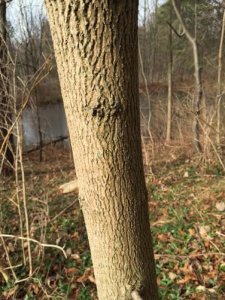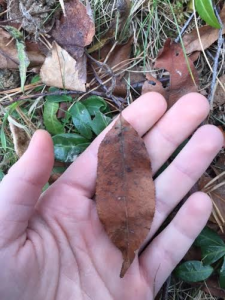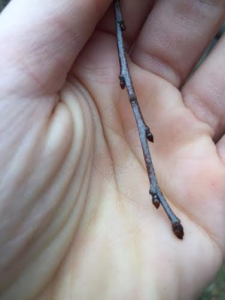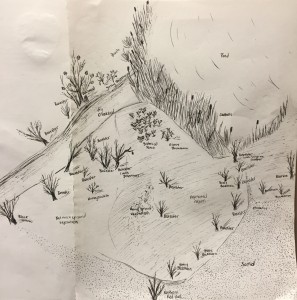Limits can provide a viable future for my site using populations limits-a lower number of people at my site can make it healthier. Just close it for a few days every once and a while, and ban plastic use on the beach to reduce litter. Markets can be used by enforcing fines for litterers. Institutions teach kids to respect the Earth. Political economy enforce the social norm of frowning on littering (backed by markets.) Social constructions are the cultural instilment of the importance of Mother Earth, the respect and caring of her in a mutualistic relationship using the languages of the Native people to properly salute her. Ethics is the recognition that the earth and humans are the same. Neither is more important that the other, both demand and deserve respect. We could all work together to pick up trash, and our act!
The site is very dependent on people. Bordering a beach exposes my spot to a continual train of humans, which opens the spot up to environmental degradation. It also lies below a road, and therefore experiences unintentional  polluted runoff. However, bordering a beach makes the more likely to be protected, since beach-goers won’t want to be by an extremely polluted, disgusting pond. The pond is also home to a multitude of animals and plants. Each plant slowly pushes its way from the dirt to provide clean air, food and shelter to the others of my site. Birds nest in the cattails, feasting on the insects that lie in abound. Raccoons, deer, and others come to my site to feast and occupy during the times when humans are not present.
polluted runoff. However, bordering a beach makes the more likely to be protected, since beach-goers won’t want to be by an extremely polluted, disgusting pond. The pond is also home to a multitude of animals and plants. Each plant slowly pushes its way from the dirt to provide clean air, food and shelter to the others of my site. Birds nest in the cattails, feasting on the insects that lie in abound. Raccoons, deer, and others come to my site to feast and occupy during the times when humans are not present.
We can implement education (institutions) to teach the populace about the importance of ponds and wetland ecosystems. Environmental ethics can help as well; treating the natural world as if she were another person will help stop pollution and other environmental discrepancies, giving the respect to my spot that she deserves. Markets can help through taxing and fines for those who litter. Social constructions can be used simultaneously with ethics- we must construct the natural world as an entity that has human-level intelligence and is worthy of an equal amount of respect.
I would reach out to the nonhuman residents of my site by sharing the site with them, without causing any of them harm. I would not disturb the site in any way, no pollution, habitat destruction, nothing. I would simply share the spot with them, reveling in its beauty and unity. This is possible-slowly, over time, the nonhuman residences would become comfortable with my presence, incorporating me into their world. All I will have to do it listen, watch and understand their interacts, and fit myself into their world by being more mindful of how every individual fits into the picture. I would reach out to other people with information on the importance of the ecosystems present at my spot, and incorporate environmental ethics.
